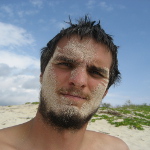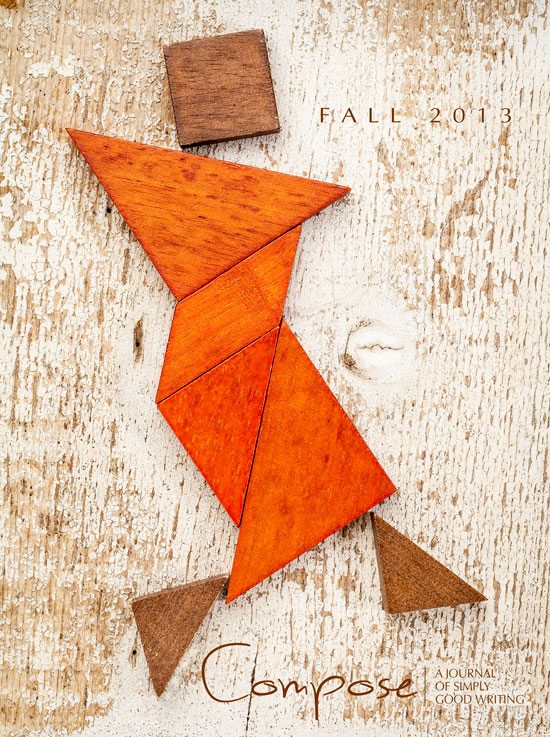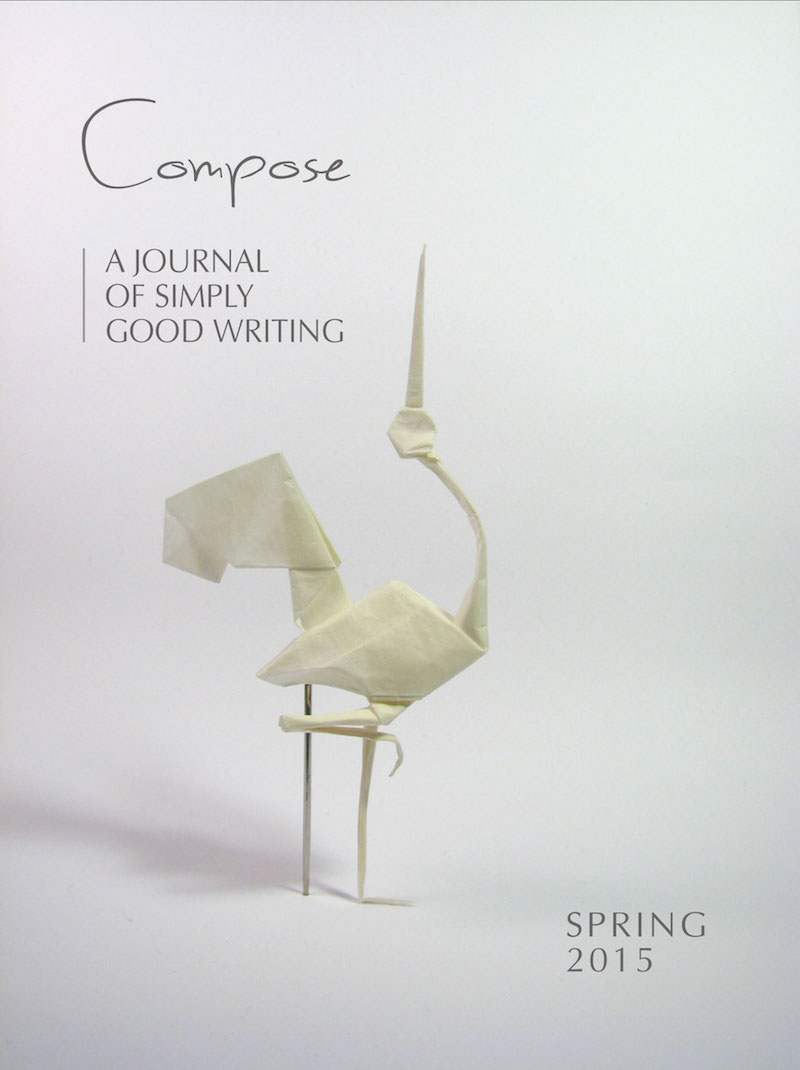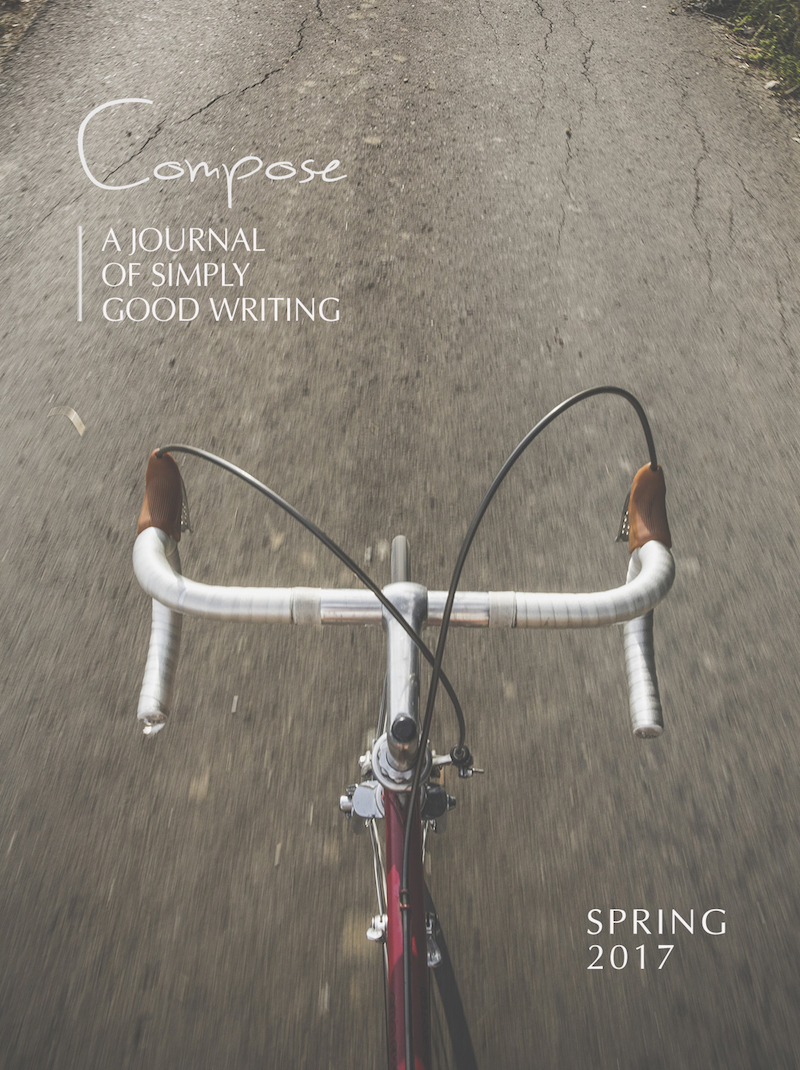The Heart of the Mango
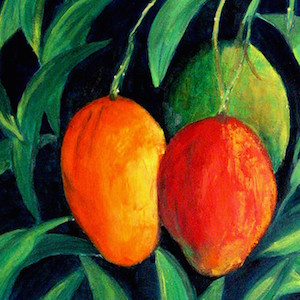
There are certain experiences that cleave one’s existence into two, whereas the person who walks away is a shade different than the one who woke up that morning. Some of these are anticipated rites of passage—the first day of school, the first kiss, first night away from home. Others are completely unexpected, and shocking to the core. One that sliced through my life, and changed forever how I think about this world, came when I first tried to cut open a mango.
During the first two decades of my life, I had never eaten a real mango. I tried the synthetic flavor in candies and drank tropical fruit juice from Stop ‘n Shop, but I had not tasted a mango itself until I traveled to Nairobi, Kenya. For years prior, I had yearned for an adventure in East Africa—my dreams stoked by the wild stories of friends and pictures in National Geographic. After some endeavoring, I found a wildlife conservation internship and a grant for my 21st summer and neither the U.S. State Department’s travel warning nor my worried mother’s pleas could stop me from making this trip.
I landed in Nairobi on a Friday night, my first time in Africa or any place with extensive poverty, and the ride from the airport was a jetlagged jumble of lamp-lit shops and moving shadows. I had the heavy sense that lives were heaving to and fro between those lamps, but these thoughts disappeared when I was delivered to a house and climbed into a safe bed. When I woke up the next morning I saw a real, living giraffe grazing outside my window. This was dead set to be the highlight of the day until I found a pair of mango halves on my breakfast plate. The first taste of that fresh, ripe mango overshadowed any fruit experience I had ever known and amazement continued with each following bite.
The second morning was much the same as the first—the giraffe feasting on greens and I on mango—but the exuberant feeling had waned. The NGO had put me up in a house of an older, white Kenyan woman who seemed only interested in my rent money and telling me tales of local violence that made being locked inside with a TV and panic button seem like not such a bad idea. But the curious part of me couldn’t stand the thought of spending another day in the house when just outside was the world I had long waited to see. An hour after breakfast I stuffed a few bills in my underwear, put my Swiss Army knife in my pocket (as if that would help), and walked out of the compound and onto the dusty road.
The woman’s property abutted Nairobi National Park and the community wasn’t walled in, but the access road did have a well-guarded gate that took me ten minutes to reach. The guard gave me a funny look as I passed on foot and continued into the outer world. Only a few minutes passed before I met my first Kenyan coming in the opposite direction—a man with worn-out sandals and little more than rags hanging from his body. Looking back now, my memory also says he had a machete resting on his shoulder, but this probably wasn’t true. However, as the man approached I felt my whole body tense. Dark thoughts bubbled up—all the warnings of my mother, my new host—and with every step I began to notice the small details of my surroundings: the pebbles on the ground, the thorns on the bush, the wisp of cloud looking down upon us. A little voice in my head told me: this is it. I was going to be robbed and murdered.
But instead of screaming at the top of his lungs and assaulting me, the man nodded hello and simply passed by. I turned to watch him walk away, feeling like I had passed a hurdle. I walked on with a little more confidence in my step.
Outside the gated community the houses became smaller, more numerous and closer to the road. The number of people increased as well: farmers in their gardens, women carrying vegetables, kids playing with homemade toys in dirt. I walked past a small shop, turned back and bought a lukewarm soda. As I tried to leave the owner said something in Swahili and held out a palm. I didn’t understand until she pointed at the stacked crates of empty glass bottles. So I stood at the counter and drank the soda with a straw, which was somehow more satisfying than draining a can, then left the bottle and kept walking.
I wasn’t sure what I was heading towards, but I began seeing more and more people on the road. Vehicles filled with white people passed by and I was well aware of being the only white person on foot. Eventually I came to a paved road where diesel-belching trucks crept up a hill with a blind curve, with a speed bump, but bass-thumping vans still sped past them. I turned uphill and followed the winding dirt path on the side of the road. I tried to move like I knew where I was going and felt every pair of eyes on me. I looked around blandly, as if their attention didn’t matter.
At the top of a rise I found the edge of a town. To the left I saw a market with people, vegetables and goods spread in every direction. The smell of Kenya—a combination of burning diesel, rotten vegetables, and dust—poured into my nose. Looking at the scene, I realized I was the only white person in this huge crowd and the feeling smacked me head on. I had often been in the majority, but never in the extreme minority. Trying not to be overwhelmed, I passed down a row of two dozen vendors, women sitting on blankets, who were either selling avocados, peppers, or some combination of both. People stepped around me and appeared to choose of these women at random to make a purchase. I was extremely far from a Stop ‘n Shop.
After a quick walk up and down an aisle, I came to a cart of mangoes. Picking out a fruit, I handed the woman a bill, unsure how much a mango should cost, or even how much my bill was worth. But the woman gave me back some unfamiliar coins and I pretended to count them. Then I sat on the steps of a nearby building, took out my Swiss Army knife and began to cut the fruit.
Strangely, it didn’t dissect easily. My knife hit something hard in the middle. I thought that I just needed to cut harder but soon the mango was squashed in my hand. I tried slicing in a different direction but the knife kept running into a hard center. Feeling stymied, I glanced around and saw that the woman who sold me the mango, as well as her nearby friends, were watching me. Laughing at me. I looked down at my mashed, nearly-ruined mango and something in my chest swelled. Tears tickled my eyes.
It wasn’t them laughing at me that made the tears appear, but something else—perhaps the feeling that my universe was sitting in a vise grip and the handle had just turned a few turns clock-wise. This marketplace, that my eyes then looked upon, existed. These people, who spoke and laughed with each other, were real. They, or someone like them, had been here for as long as I had been alive; they sold mangoes on the first day I went to kindergarten, or when I kissed my girlfriend by the Connecticut River, or when I packed up my childhood and moved to the university. In this moment on the steps with sticky-sweet hands, a door in my head had swung open; a door which I thought lead to another room in the house, but instead brought me outside where I could look over a valley and realize that not even the horizon was the end.
Soon I regained my composure and after a bit more digging I identified the pesky, oval seed that bisected the mango. After salvaging the remaining flesh, I looked for a trashcan but saw none. The mango lady pointed at a pile of garbage sitting on the curb, and it felt against all my teaching, but I threw the peel on top. Then I washed my hands at a nearby pipe and started back down the hill, to the dirt road and the gated community. Since that day I have cut up scores of mysterious fruit, wandered through innumerable markets, and put myself in many situations where I’m the extreme oddity, but none of them have compared to that dusty, frightening walk on the way to discovering the heart of the mango.

